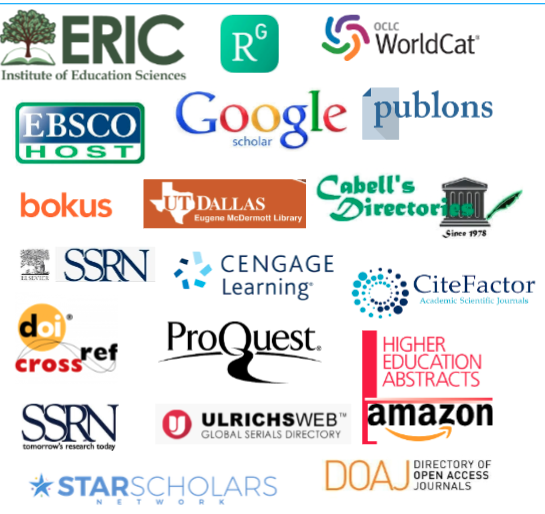Transdisciplinary pedagogy
A competency based approach for teachers and students to promote global sustainability
Keywords:
Transdisciplinary Learning, Global Sustainability, 21st Century Learning CompetenciesAbstract
Implementing transdisciplinary-learning strategies is paramount to contemporary learning goals of global sustainability. If educators are dedicated to creating complex critical thinkers that will create solutions to global problems, then the institution of education must reimagine the teaching and learning competencies that occur in the 21st century classroom. Expectations of learning processes and goals are altered when disciplines from various theoretical backgrounds merge. The theory of transdisciplinarity will be discussed, next, 21st century teaching and learning competencies will be defined and exemplified, finally, the connection between the theory of transdisciplinarity and the competencies that teachers and students must possess in order to create global sustainability in our highly-connected society will be explained.
Downloads
References
Burger, P. & Kamber, R. (2003). Cognitive integration in transdisciplinary science: Knowledge as a key notion. Issues in Integrative Studies, 21, 43-73.
Dewey, J. (1916). Democracy and education: An introduction to the philosophy of education. New York: Cosimo Classic.
Duemler, D., & Mayer, R. (1988). Hidden costs of reflectiveness: Aspects of successful
scientific reasoning. Journal of Educational Psychology, 80(4), 419-423.
Felder, R. M., & Brent, R. (2000). Effective teaching. North Carolina State University. In Oakley, B., Felder, R., Brent, R., & Elhajj, I. (2004). Turning student groups into effective teams. Journal of Student Centered Learning, 2, 9-34.
Garner, H. (1995). Teamwork models and experience in education. Boston: Allyn & Bacon. Home Future Earth. (n.d.). Retrieved from http://www.futureearth.org
Huitt, W. (1998). Critical thinking: An overview. Educational Psychology Interactive. Retrieved from http://www.edpsycinteractive.org/topics/cognition/critthnk.html
Jureddi, D.N. & Brahmaiah, N. (2016). Barriers to effective communication. Journal of English Language and Literature, 3, 114-115.
Oakley, B., Felder, R., Brent, R., & Elhajj, I. (2004). Turning student groups into effective teams. Journal of Student Centered Learning, 2, 9-34.
Palmer, T. (2016). 15 characteristics of a 21st century teacher. Retrieved from
http://www.edutopia.org/discussion/15-characteristics-21st-century-teacher.
Park, J. & Son, J. (2010). Transitioning toward transdisciplinary learning in a multidisciplinary environment. International Journal of Pedagogies and Learning, 6, 82–93.
Scholz, R.W., Lang, D.J., Walter, A.I., & Stauffacher (2006) Transdisciplinary case studies as a means of sustainability learning: Historical framework and theory. International Journal of Sustainability in Higher Education, 7, 226-251.
Shannon, C.E. (1949). The Mathematical Theory of Communication. Chicago: University of Illinois Press.
Rosenfield, P. L. (1992). The potential of transdisciplinary research for sustaining and extending linkages between the health and social sciences. Social Science & Medicine, 35(11),
1343-1357
Wright, R. (2008). Research: The differences between media and technology. Retrieved from https://rayadorob.wordpress.com/2008/04/14/research-the-differences-between-media-and-technology/







